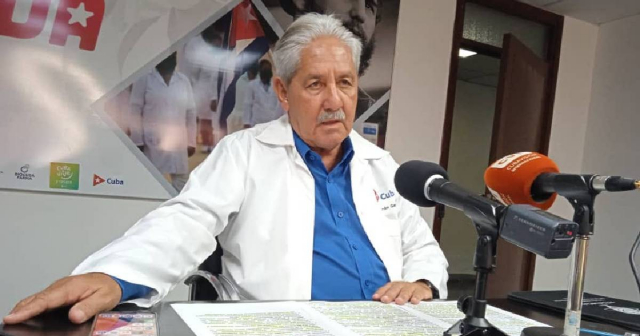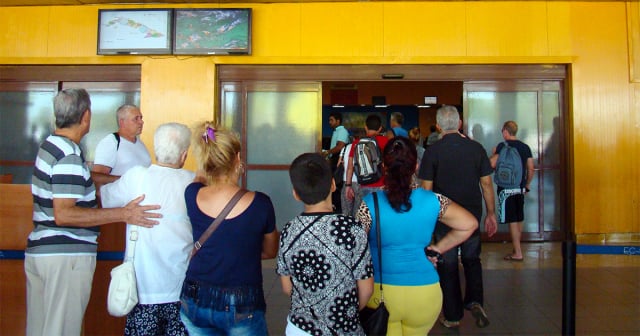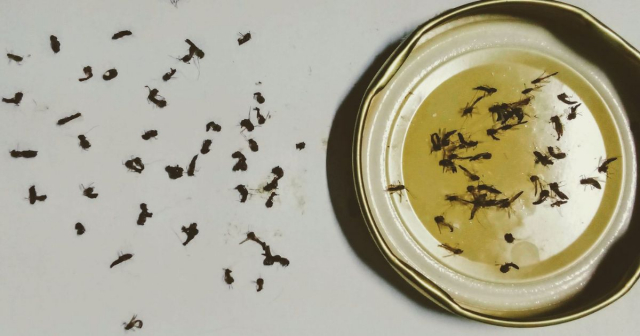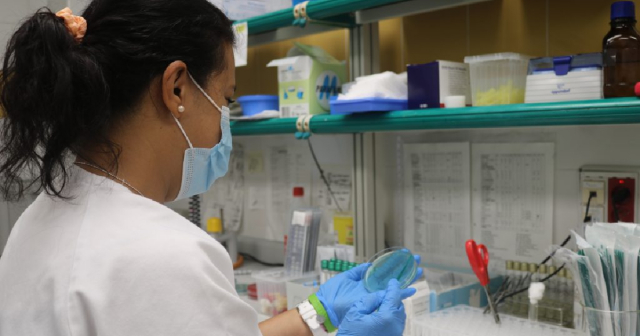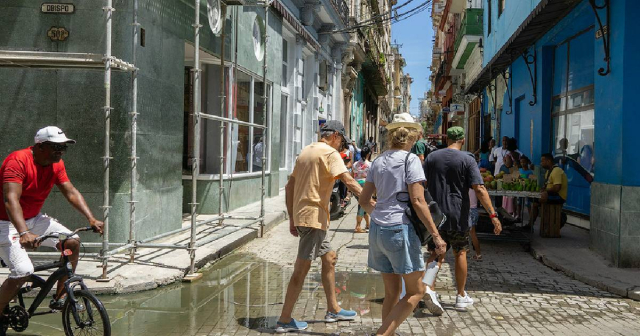
The Minister of Public Health, José Ángel Portal Miranda, stated during the inauguration of an international event this Monday in Havana that, since the Oropouche virus was detected in Cuba on May 27, more than 400 cases have been confirmed on the island as of August.
"Until early August, the country was recording the presence of the Oropouche virus in all provinces, with more than 400 confirmed cases," said the Health Minister in statements quoted by Cubadebate, giving a figure that contrasts with reports on social media about the increase of the disease on the island.
According to data revealed by Portal Miranda, Cuba would rank second in the Americas for the number of infections from the disease, which as of August 1 counted 8,076 confirmed cases in five countries in the region, including Brazil (7,284), Bolivia (356), Peru (290), and Colombia (74).
The only two deaths associated with the virus were reported by Brazil at the end of July.
Portal Miranda made the statements at the inauguration of the 18th edition of the International Course on Dengue and other Emerging Arboviruses at the Pedro Kourí Institute of Tropical Medicine (IPK) in Havana, which includes the participation of officials from the World Health Organization (WHO).
The minister did not specify whether the figure released only accounts for those cases confirmed through laboratory diagnosis, a resource that is practically not used on the island due to a lack of reagents and other supplies.
The number of Oropouche virus cases in Cuba cited by Portal Miranda contrasts with the 35,000 cases reported under the label "endemic channel of febrile syndrome," which was shared by the Ministry of Health in a televised table during a Mesa Redonda in early July.
In recent days, the Centers for Disease Control and Prevention (CDC) of the United States issued a level 2 alert, on a scale of 4, due to the increase in Oropouche virus cases in Cuba.
U.S. authorities recommended that travelers take enhanced preventive measures to avoid contracting this arboviral disease, and advised pregnant women not to travel to the island unless it is unavoidable.
Such an alert comes at a time when Cuba is facing an epidemiological crisis, exacerbated by the rapid spread of the disease throughout the country, following the confirmation of the first cases in Santiago de Cuba at the end of May.
On their website, the CDC warned that "multiple cases of Oropouche have recently been reported in American and European travelers returning from a trip to Cuba, indicating that there is an ongoing risk."
It is confirmed by the Ministry of Public Health (MINSAP) of Cuba that the disease is present throughout the national territory, including the Isle of Youth.
Oropouche, which is often confused with dengue due to the similarity of its symptoms, can occur in people of any age.
Symptoms include high fever, headache, muscle aches, joint stiffness, nausea, vomiting, chills, and sensitivity to light.
Imported cases in Europe
The cases of imported Oropouche virus in Europe have been rising in recent weeks through travelers mainly from Cuba. At least 19 cases have already been detected, according to data from the European Centre for Disease Prevention and Control (ECDC).
In the latest information about the behavior of this disease, the ECDC confirmed that the number of imported cases of Oropouche virus disease in Spain has risen to 12 between June and July, all related to travel to Cuba or Brazil, as reported recently by the Efe agency.
It also reported that the virus is currently present in Italy (5) and Germany (2); with eighteen cases having a history of travel to Cuba and one to Brazil.
In early August, the ECDC confirmed the two cases of Oropouche that are recorded in Germany, while increasing the number diagnosed in Italy to four.
In mid-July, the ECDC revealed the detection of six cases of the disease in Europe: three in Spain and the same number in Italy.
What do you think?
SEE COMMENTS (2)Filed under:

